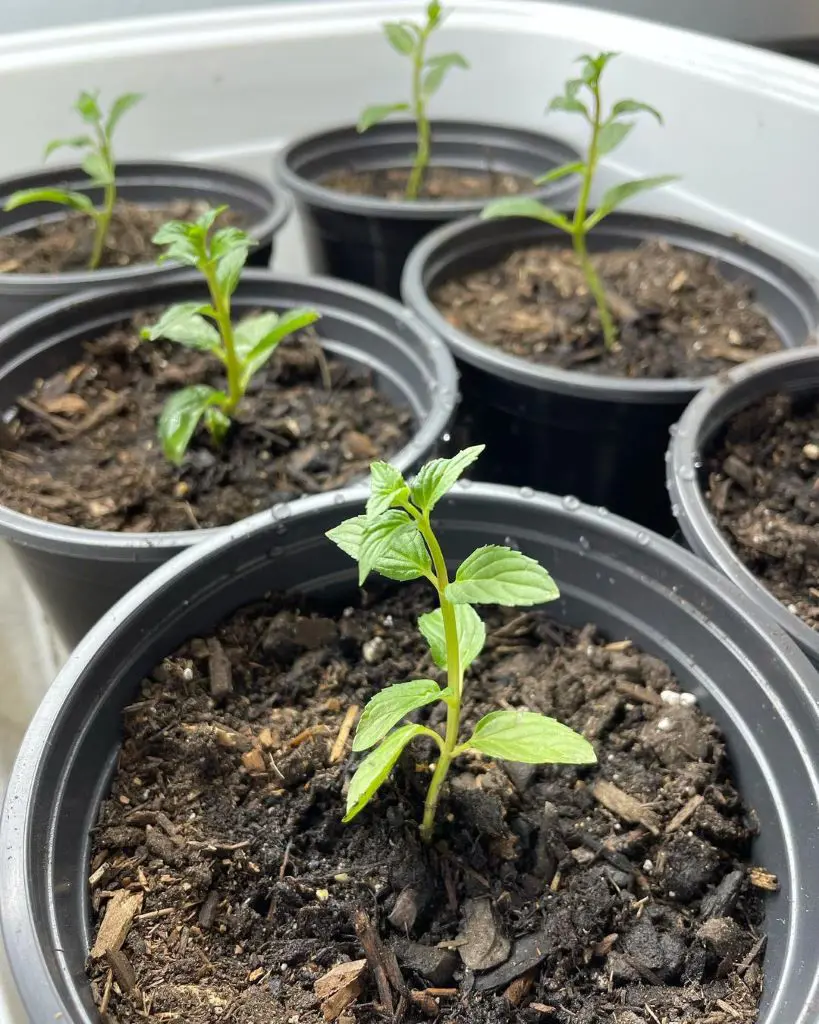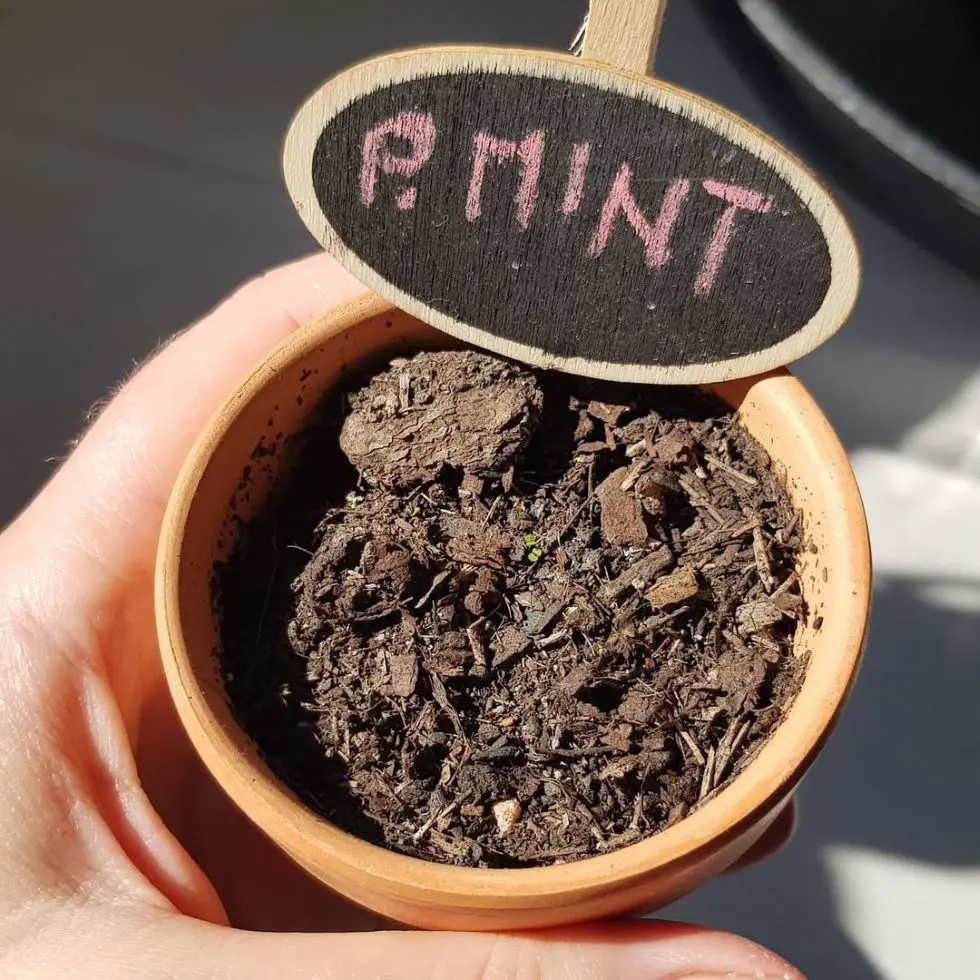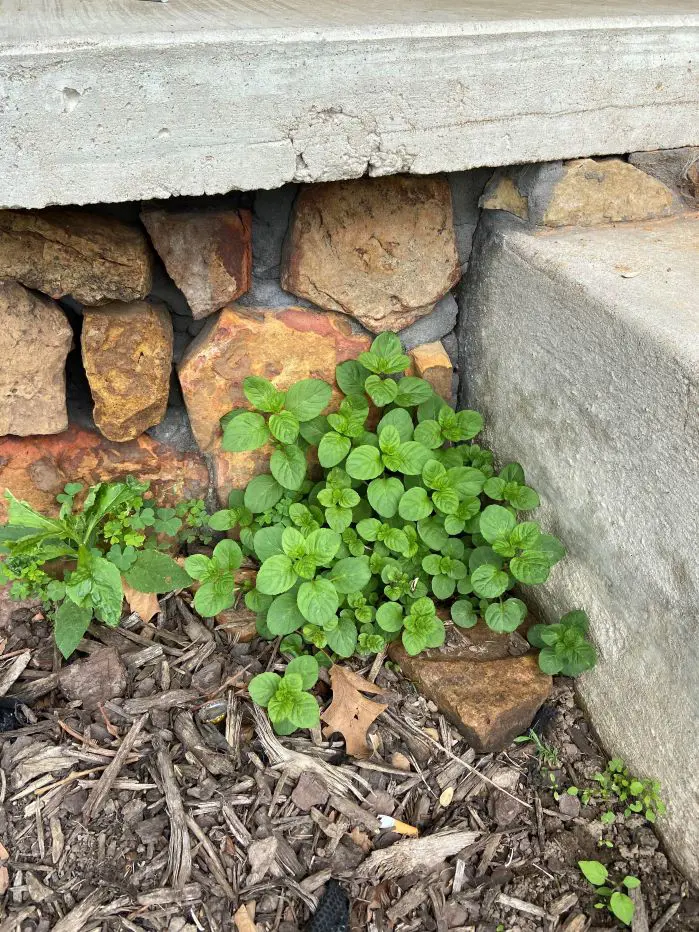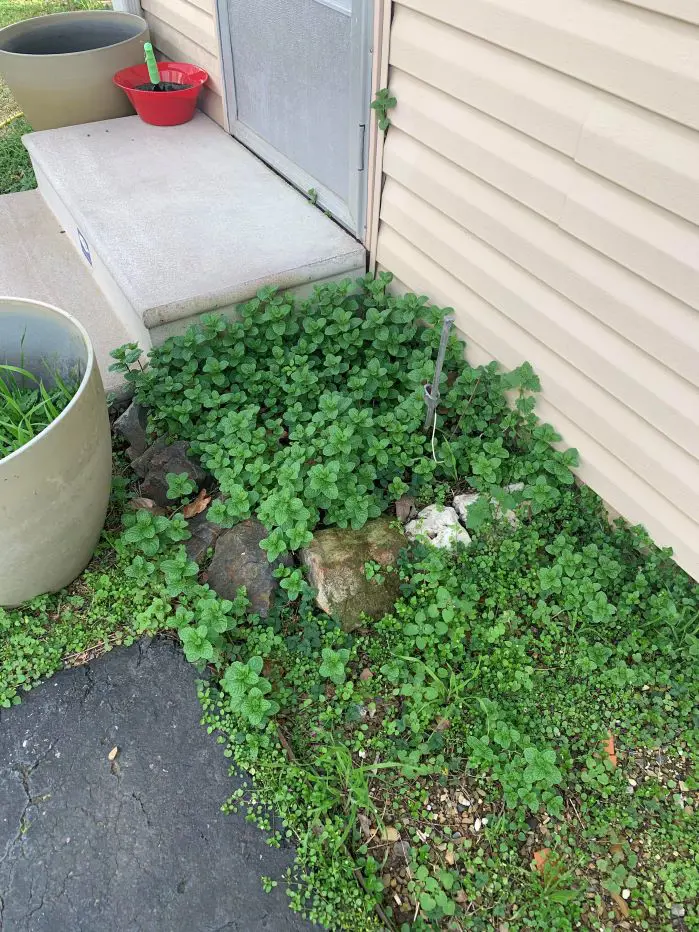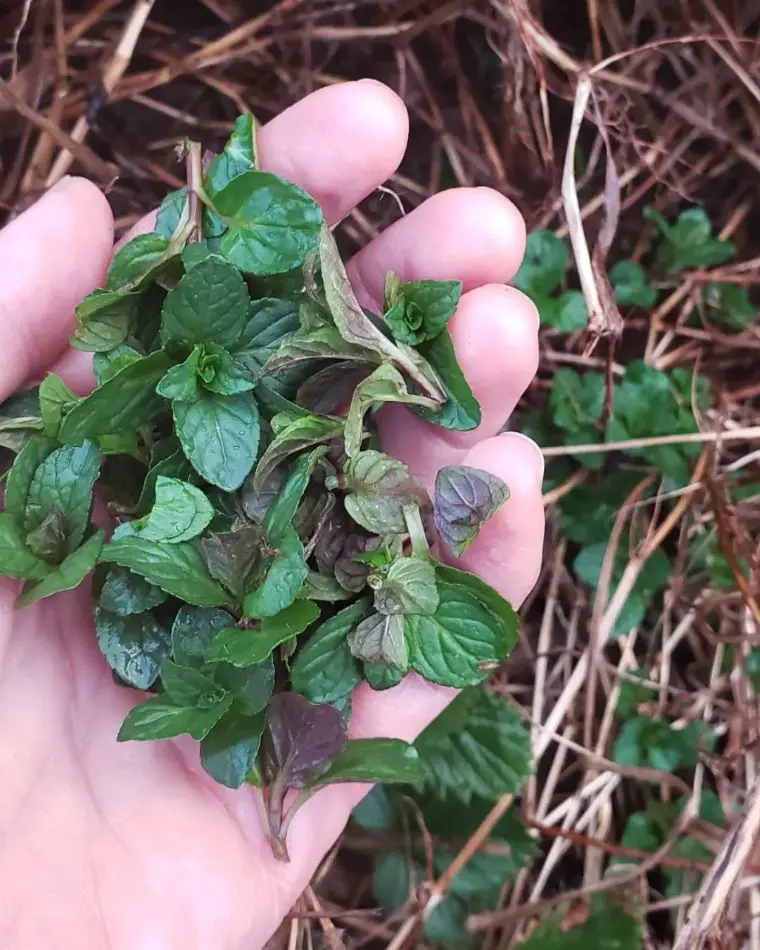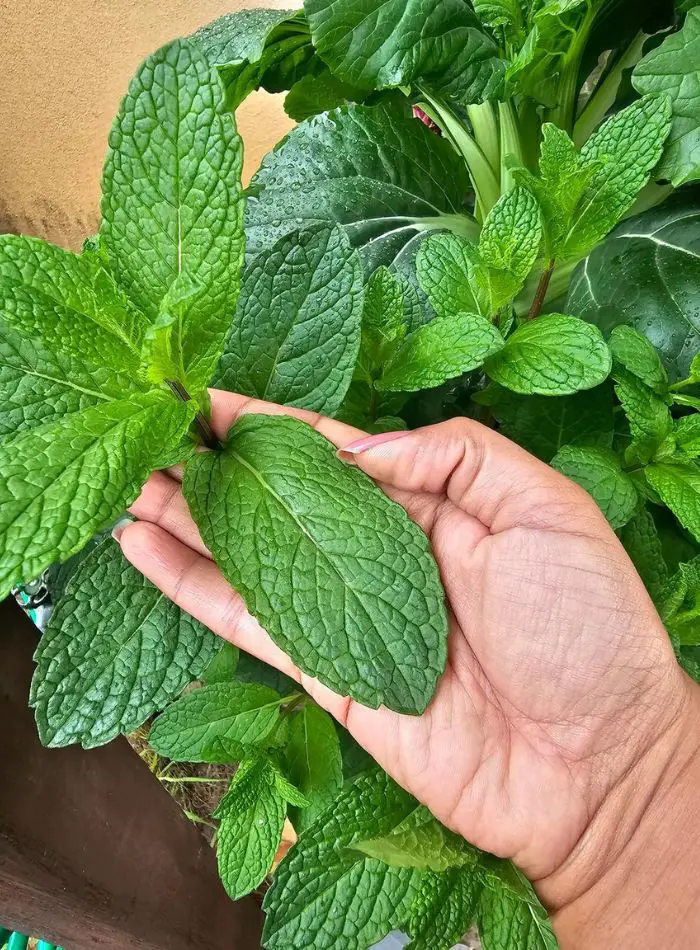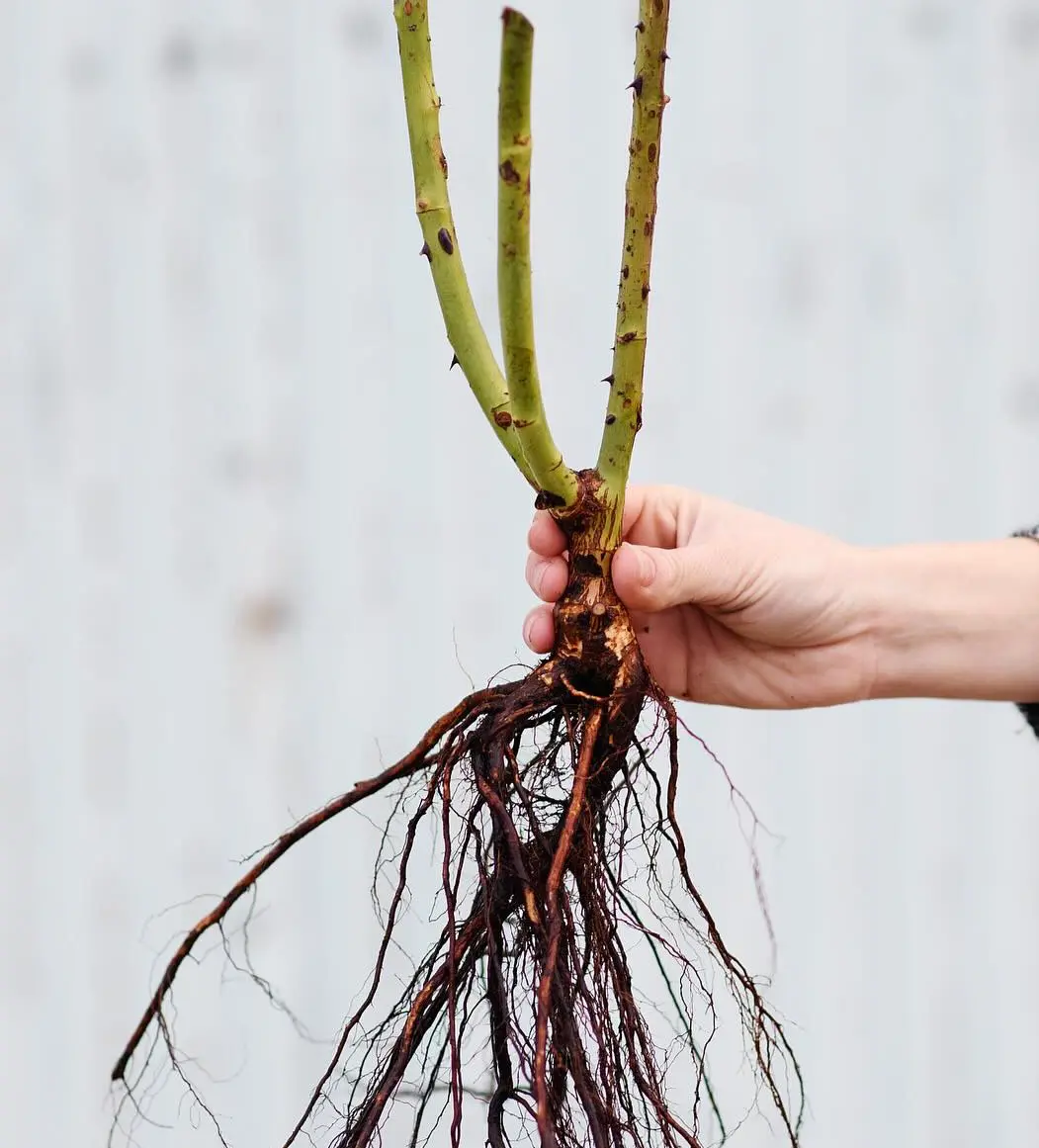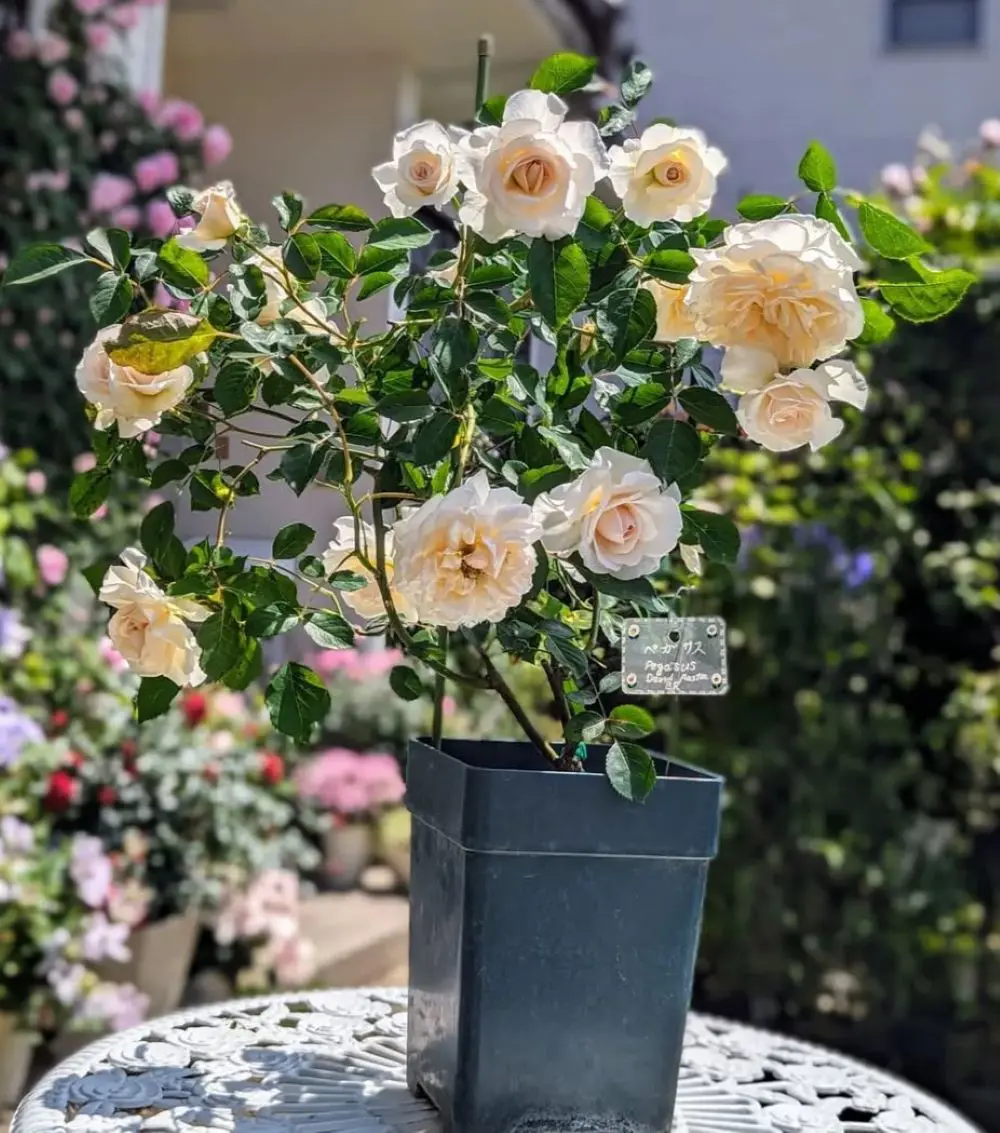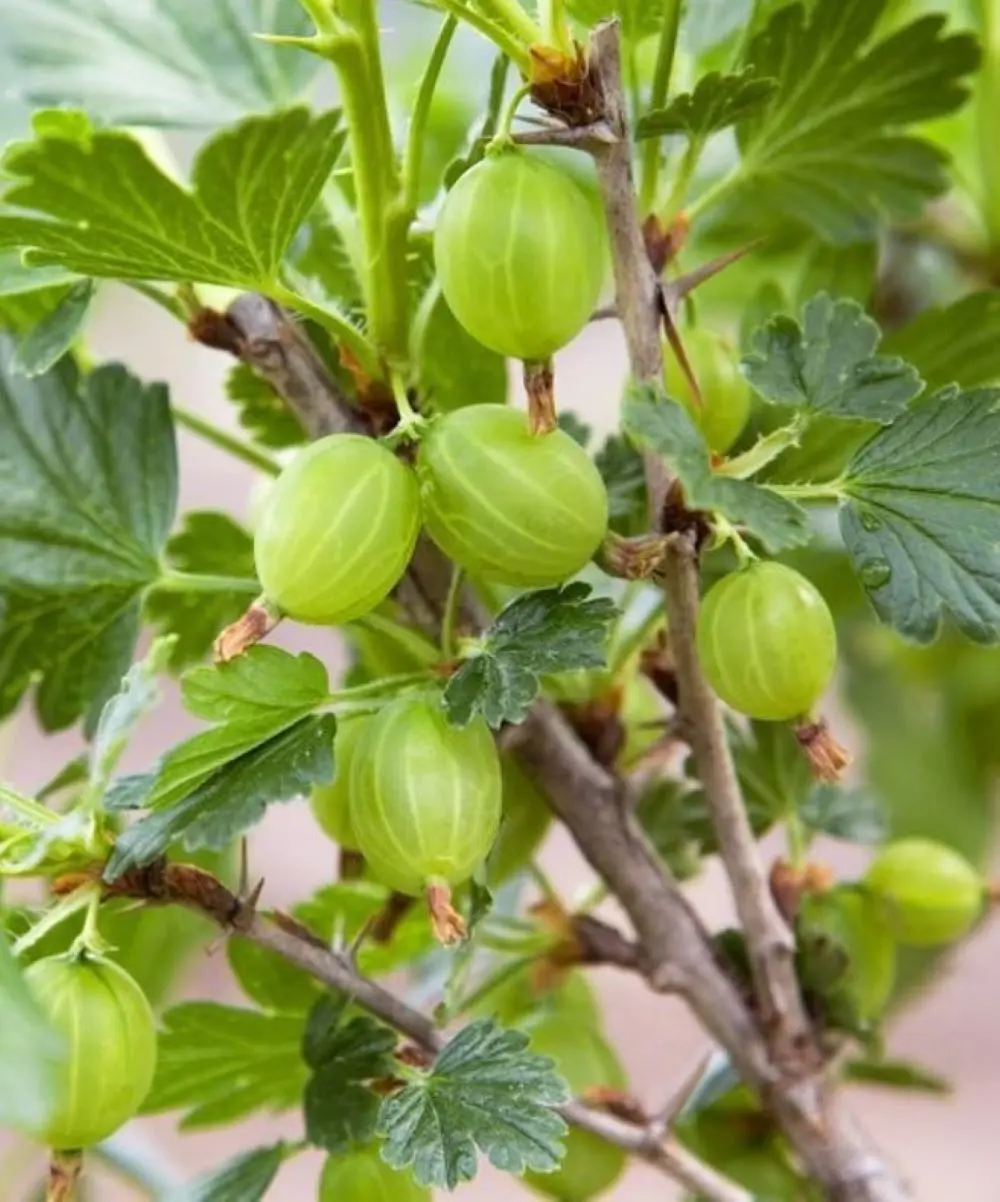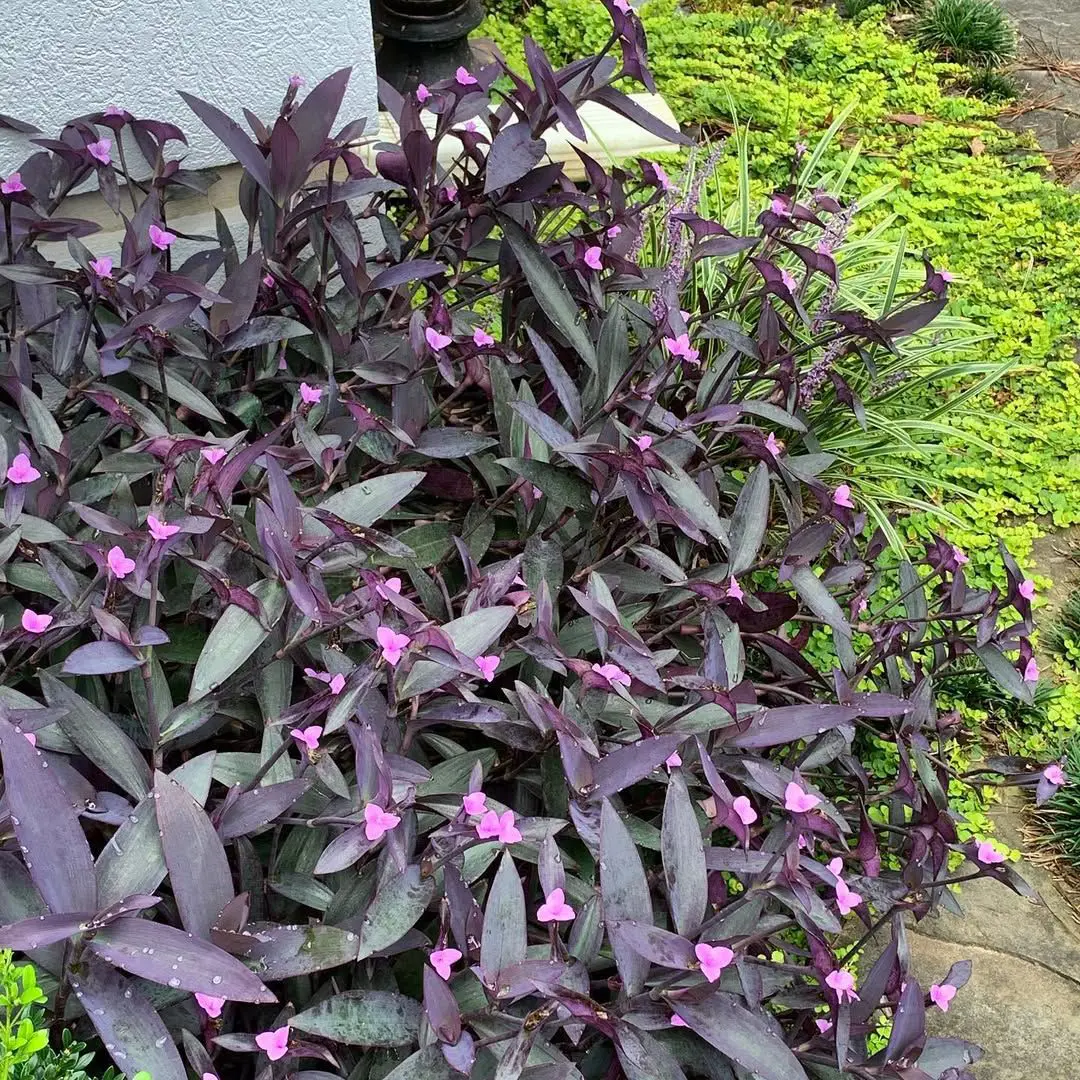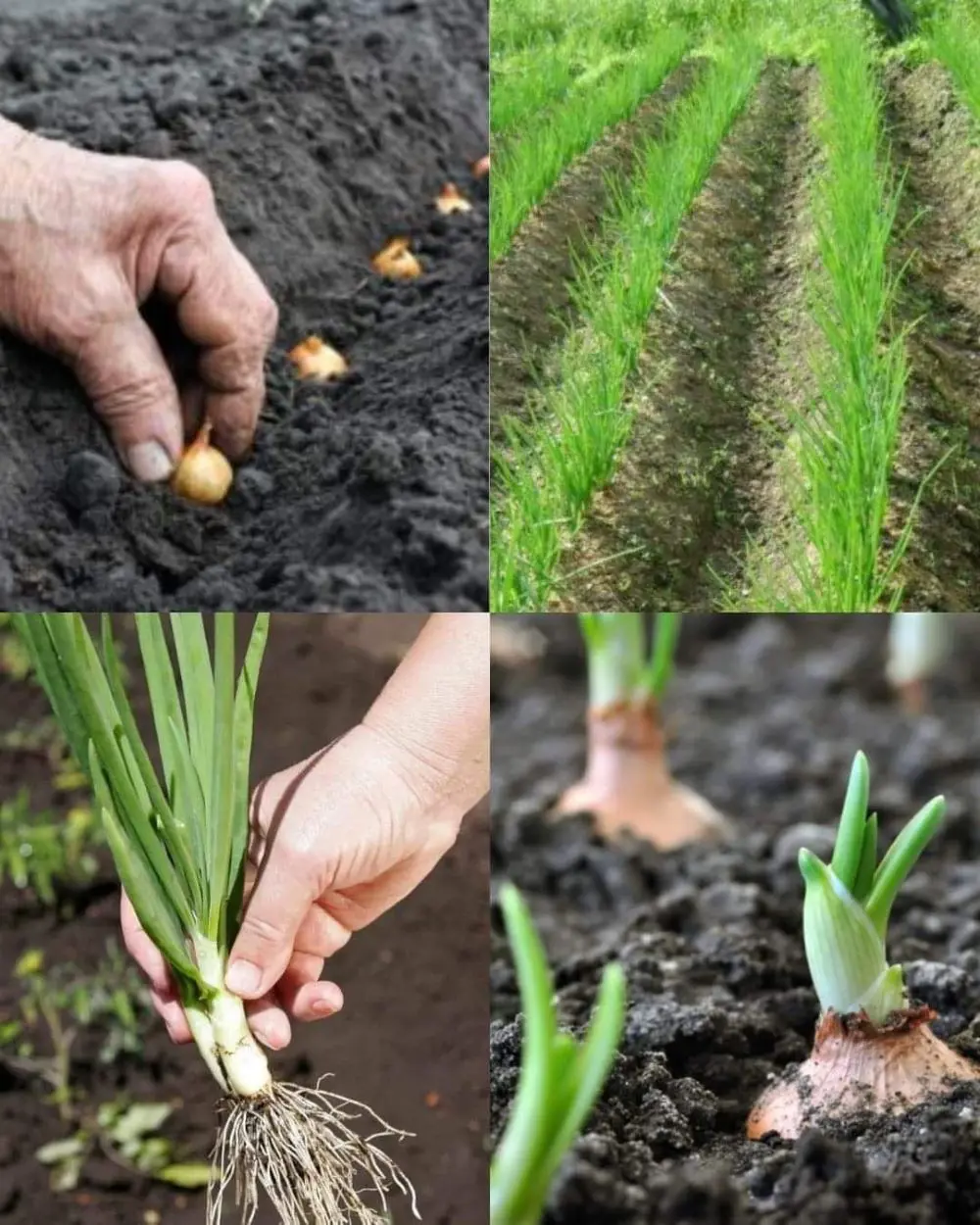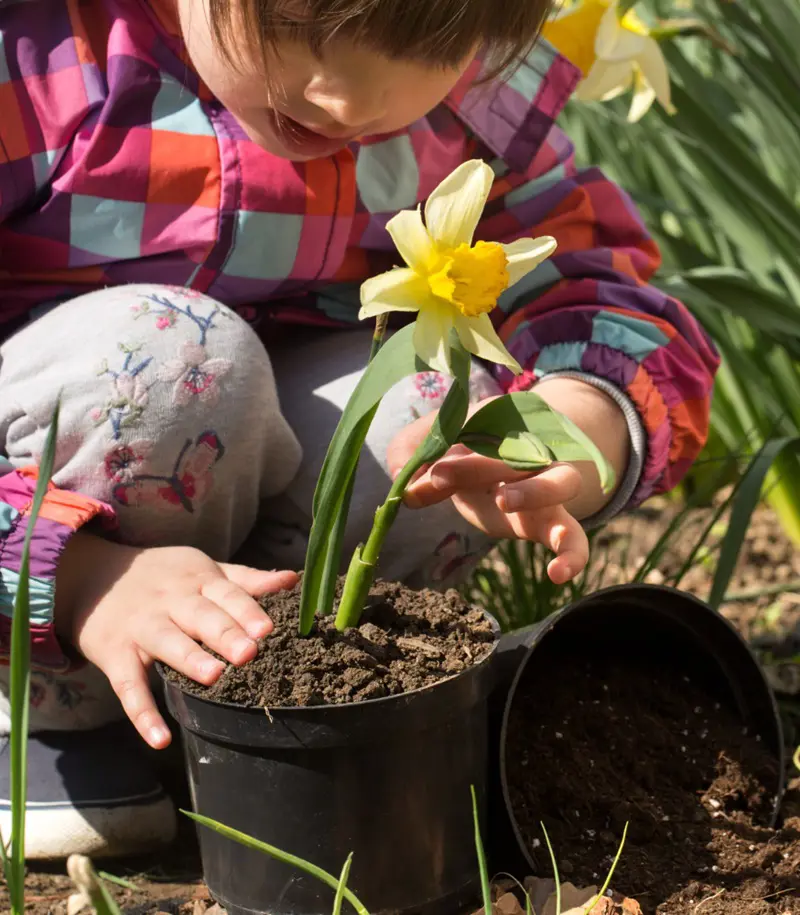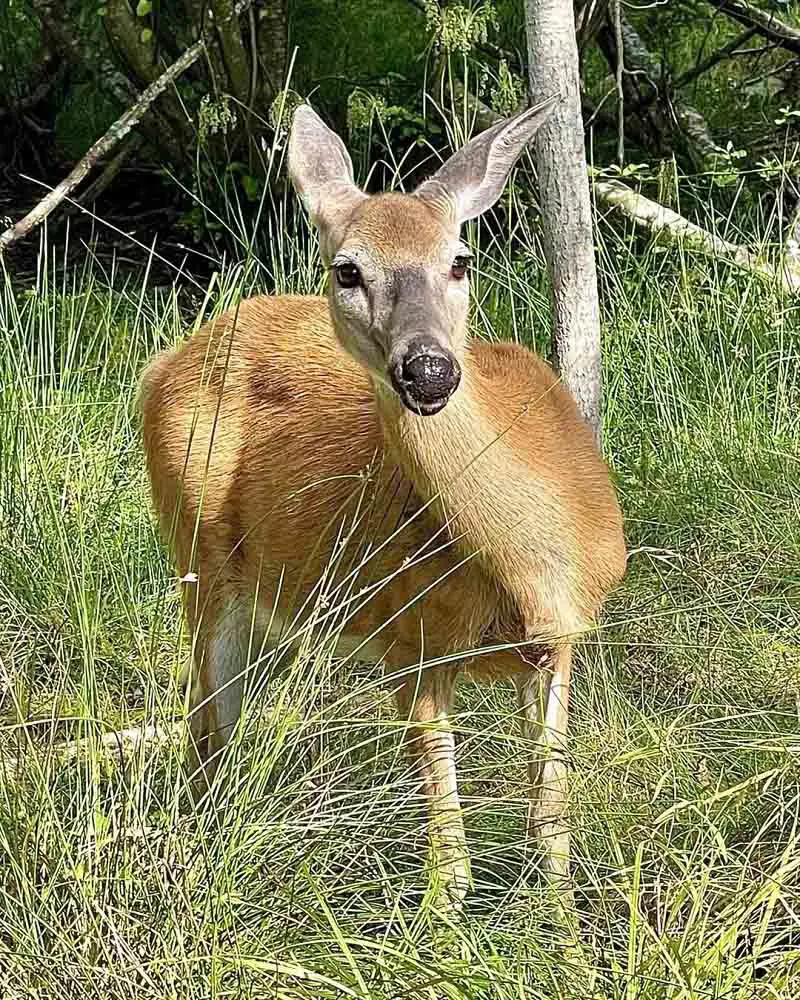Step 1: Choose the Right Location
Peppermint is a hardy and aromatic herb that is easy to grow and offers numerous culinary and medicinal uses. Known for its refreshing fragrance and flavor, peppermint is a popular choice for herb gardens and can thrive in various environments.
With proper care and the right growing conditions, peppermint can flourish and provide a bountiful harvest. This is how to grow peppermint-
Sunlight
Plant peppermint prefers partial shade to full sun, thriving best with about 4-6 hours of sunlight per day. While it can tolerate full sun, too much direct, intense sunlight, especially in hotter climates, can cause stress to the plant.
Ideally, choose a location with dappled or indirect sunlight to ensure the peppermint receives enough light for robust growth without the risk of overheating and dehydration.
Soil
Peppermint grows best in well-draining, rich soil with a pH range of 6.0 to 7.0. The soil should be fertile and capable of retaining moisture without becoming waterlogged, which can lead to root rot.
Enhancing the soil with organic matter such as compost or well-rotted manure improves its texture and nutrient content, promoting healthy root development and vigorous plant growth. Proper soil preparation is crucial for providing the optimal environment for peppermint to thrive.
